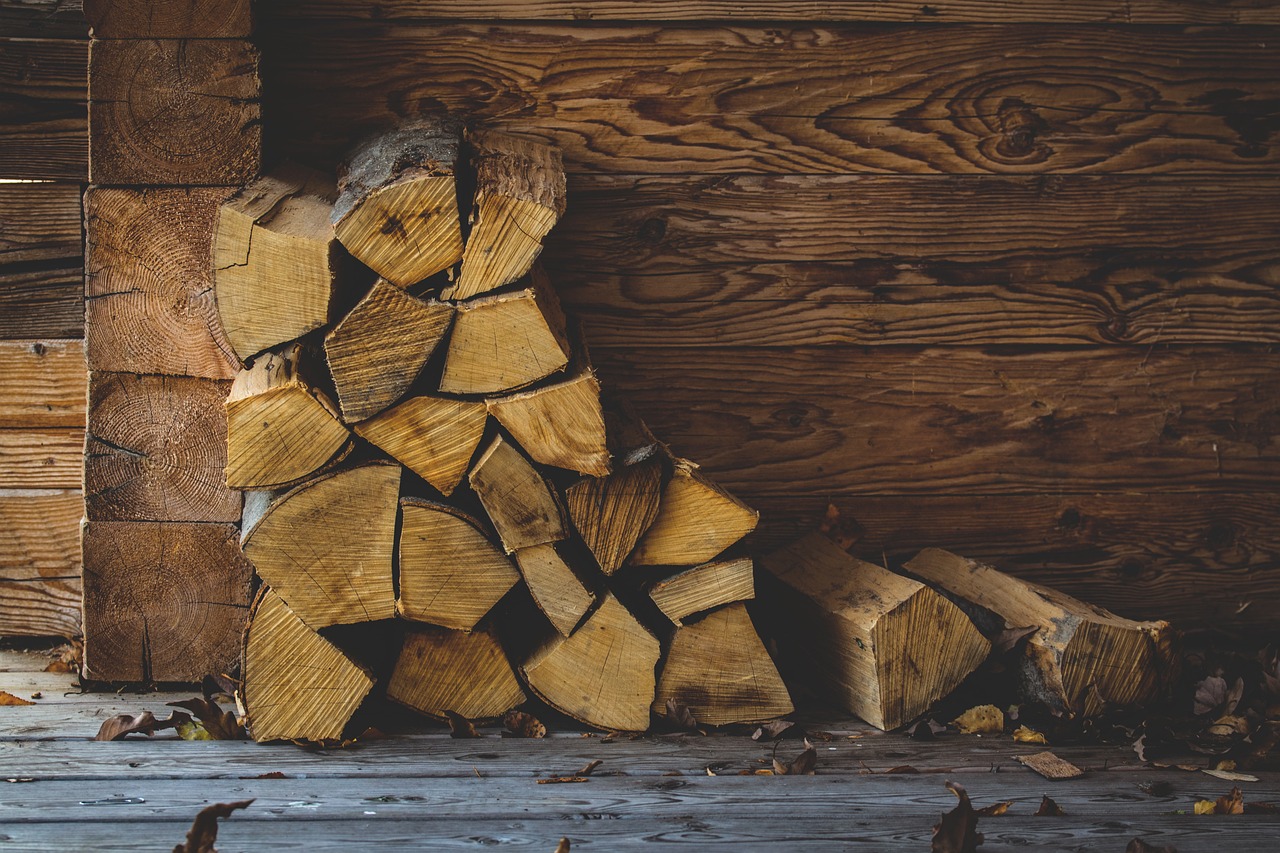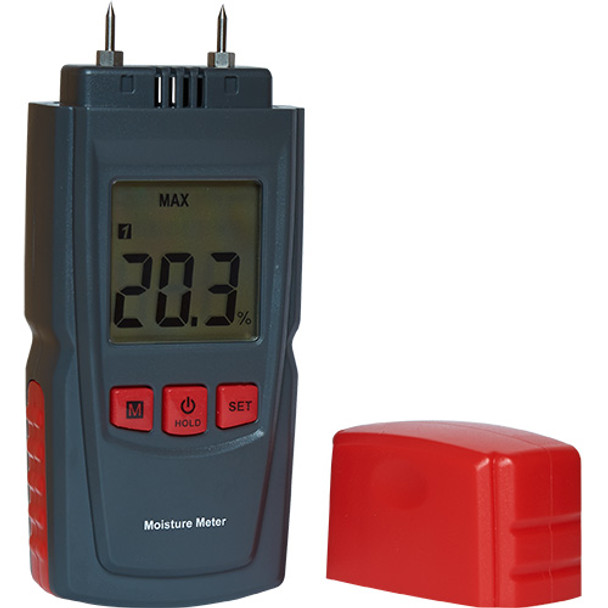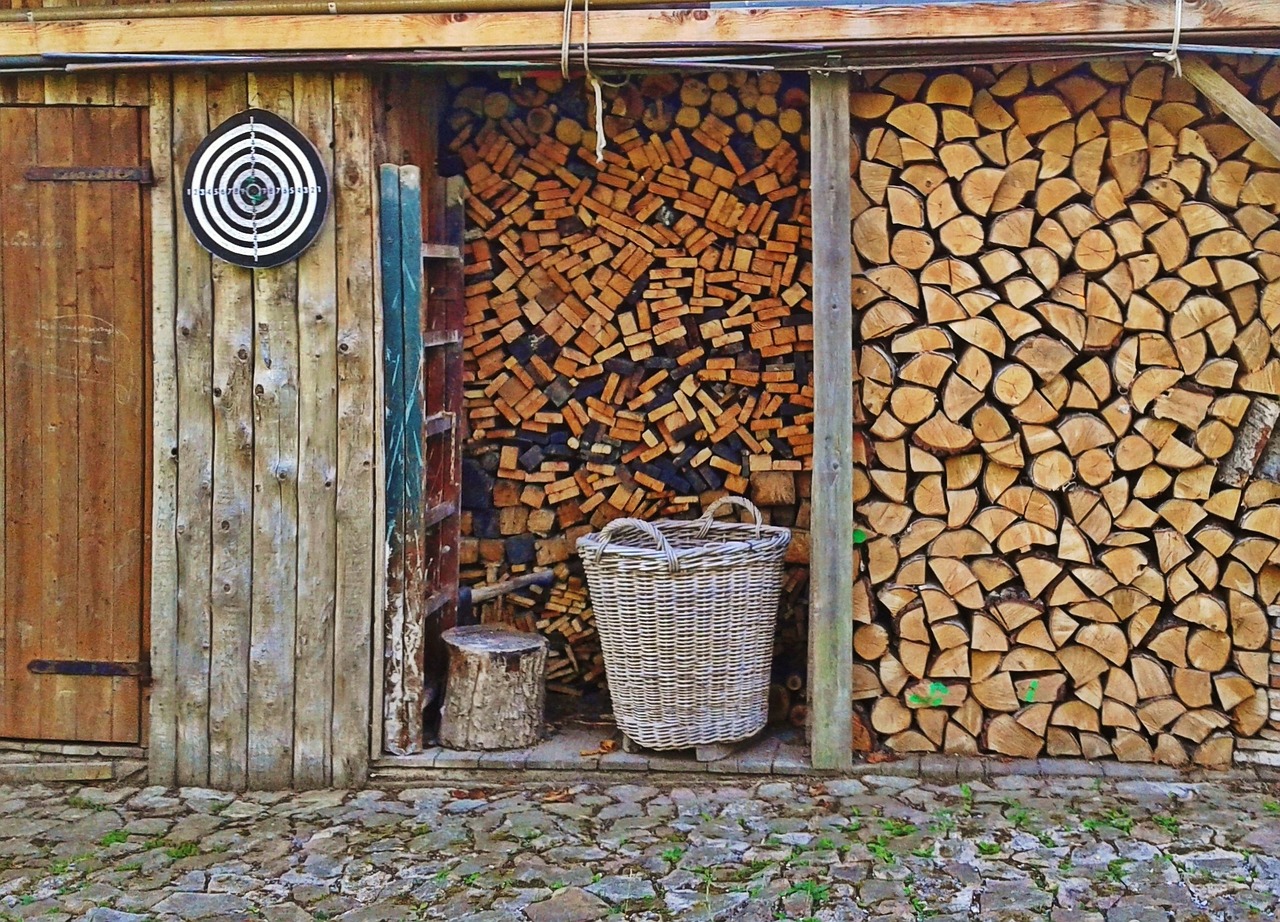Pinned vs. Pinless Moisture Meters: Which is Best for Firewood?
When you collect or buy firewood, it usually starts very moist inside. Using sopping wet wood to burn makes a lot of smoke and creosote that’s bad for you and your chimney. Plus, damp wood doesn’t make much heat, so you have to use more logs to stay warm!
To solve this, cut wood must sit covered outdoors for many months so wind and sun can dry it out. Only properly dried and ‘seasoned’ wood should go into your fireplace and wood stove once moisture gets low enough inside. You can easily achieve this by purchasing and using ‘Ready to Burn’ wood. But for some, the process of preparing wood to burn might be an appealing one.
The tricky part with this is knowing exactly when that firewood is ready to burn. Just waiting an entire year per stack is unreliable. So, special electronic moisture meters were created to quickly test internal wood wetness. These excellent handheld tools pinpoint if your logs are safe and dry enough by percentage.
Two main types exist – ‘pin’ meters that stick sharp probe pins into the wood to read deep moisture, or ‘pinless’ kinds that scan the outside of logs instead. Both work, but each has unique pros and cons. Let’s explore these in simple terms so you can pick the best moisture meter design for your needs and budget.
Understanding firewood moisture meters
What’s inside freshly cut wood that needs to come out? Lots of water! Soaking the inside areas of logs are ‘cell structures’ and ‘vascular tissues’ from when the tree was alive. These act like tiny straws and sponges holding moisture.
All this internal wetness starts at a very high percentage – sometimes even over 50%! That makes new wood burn poorly and inefficiently, creating excess smoke and creosote residue build-up inside chimneys.
How do moisture meters test and read internal wood wetness?

Both basic designs use electronic sensor probes and signals to estimate the amount of moisture still trapped inside your firewood logs versus dryness. Then, they display an accurate moisture percentage on a digital readout.
Pin meters drive sharp metal pins into the wood using springs. Electrical resistance between the pins changes based on internal moisture. So, they can calculate moisture deep inside fairly accurately, as long as the pins reach deep enough.
Pinless meters stay on the outside surface. But they shoot safe electromagnetic wave signals into the wood, reading the reflections to guess at moisture levels near the surface instead of deeper inside. Handy but not as consistently precise.
Now, let’s break down the unique pros and cons of each style.
Pin moisture meter pros & cons

These meters penetrate sharp pin probes reasonably deep into the wood – ideally, 1–2 inches if the log isn’t too dense. This lets their sensors analyse moisture well under the surface, where conditions stay more consistent inside the logs.
Good things about pin meters
- Very accurate and reliable moisture readings when pins penetrate deep enough
- Results between different logs stay very consistent
- Works on all wood species and grain types when pins properly go deep into fresh wood
Potential downsides to consider
- Driving pins into hard wood can take physical effort
- Leaves tiny visible pinholes behind in logs
- Pin tips can break over time if abused
- Testing near knots or log defects reduces accuracy
- No instant surface scanning – must push pins into each new area tested
As you can see, pin designs work very well for precision moisture reading needs, as long as the pins are consistently inserted deep into fresh wood. That allows accessing super accurate internal moisture.
Downsides mainly happen when pin penetration gets blocked by wood density or hits old holes several times. For best success, shift test points around logs.
Pinless moisture meter pros & cons
Instead of prodding into the wood, these meters scan across the outside of log surfaces to instantly view moisture readings without any contact or penetration.
Good things about pinless meters
- No damage or holes left in logs from testing
- Super fast surface scanning of entire logs and wood piles
- Very easy to use with instant reading response
- Great for rough wood sorting and moisture trends over time
Potential downsides to consider
- Only reads moisture at the outer surface under one inch deep
- Results can vary when scanning the same wood areas
- Environment impacts readings (sun, wind, temperature)
- Not consistently precise like pin meters
The main benefit of pinless designs lies in super quick, non-invasive testing. Scan logs casually without effort or penetration to loosely understand the current moisture state.
But, readings generally aren’t reliable enough to confidently confirm that specific logs have reached safe 20% burning moisture all the way through. Use pinless for surface trends.
Making your moisture meter decision
Now, to help you choose! First, decide what’s more important: Consistent precision moisture readings or easy surface scanning speed?
Pin meters = precision testing
If you want reliably perfect moisture measurements, go with pin tips, or test dense exotic wood species a lot. Getting pins into wood deeper shows its actual moisture state through and through.
Pinless meters = fast scanning
Choose pinless waving if you’ll casually check piles of logs to estimate drying rates over time. Super quick scanning without touching wood at all.
Other helpful tips
- Test both pin and pinless meters on your wood species to understand their responses before committing to buying just one style.
- Higher cost doesn’t always mean better accuracy. Many mid-range models work great unless you need heavy-duty commercial capabilities.
- Consider keeping pin and pinless moisture meters to use together as a team. It’s handy to start scan piles with pinless first for surface moisture trends over time, then later finalise seasoning dryness using extra-precise pin readings before burning.
No matter which design you choose, moisture meters make perfect firewood easy, saving you from smoky, inefficient wet wood issues for cleaner fires in the winter.
Stacking and storing wood properly

You need optimal sun, wind, and drainage reaching all sides to get your firewood moisture low enough to burn over 6–12 months. Careful stacking is vital.
Follow these simple tips when piling split logs outside to dry:
Location
Set rows running east/west for all-day sunshine. Place them in the sunniest, most open outdoor spot away from shade trees and structures. Keep wood piles off the soil and muddy areas on gravel or blocking.
Airflow
Elevate bottom layers at least six inches up on scrap wood or timbers so wind flows underneath to dry all sides. Separate rows wide enough for breezes and drying penetration all the way through. Don’t tightly cram logs.
Covering
If possible, initially leave stacks uncovered so the sun and wind actively pull moisture out of the wood. If this isn’t possible due to wet weather, loosely cover the pile with taps to limit excess rain re-wetting until burn season. Alternatively, place stacks in a log store until burn season. But never wrap wood tightly in plastic – this can block further drying.
Rotation
Mix drier split logs from previous years with newer, unseasoned firewood for balanced moisture while drying. And remember to always burn older, fully seasoned wood before tapping into newer supplies. Manage this on a first-in, first-out basis with log rotation.
With reasonable care, stacking, and storing, your firewood will be ready right when needed! Plus, getting a moisture meter helps remove any seasonal uncertainties. You can purchase a moisture meter here. Happy testing and burning!
Latest Articles
-
Air Pollution Down in the UK Despite Record Wood Burner Sales
Great news! Wood-burning stoves, once considered environmental villains, have transformed into eco-f …18th Apr 2024 -
A Guide to Stove Installation in Lodges, Sheds, and Shepherd’s Huts
Shepherd’s huts, lodges, and sheds have become increasingly popular as charming retreats or alternat …25th Mar 2024 -
Pinned vs. Pinless Moisture Meters: Which is Best for Firewood?
When you collect or buy firewood, it usually starts very moist inside. Using sopping wet wood to bur …4th Mar 2024





